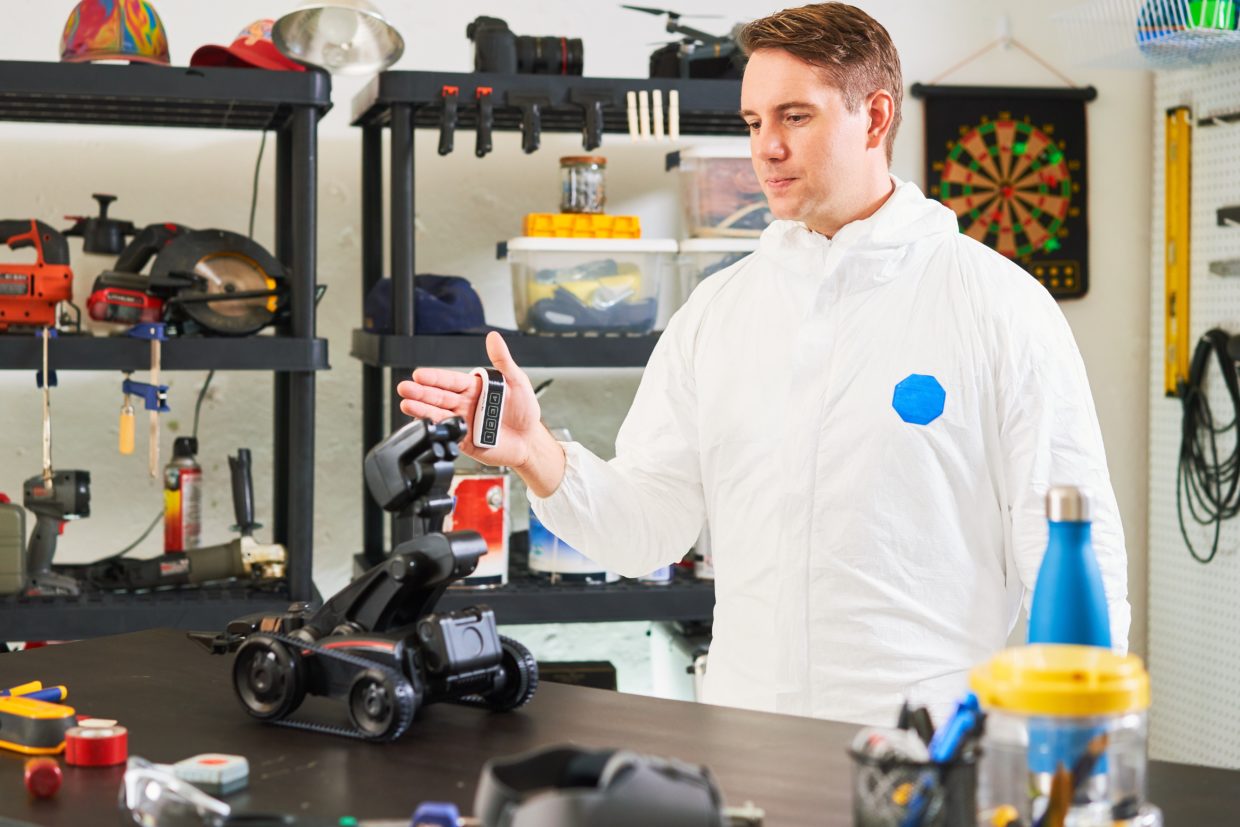Gesture control is one of many applications of our revolutionary concept of IoT-enabled wearable devices
Gesture control is a highly innovative aspect of IoT-enabled wearable devices, representing one of the many valuable applications of this revolutionary concept. As companies increasingly recognize the potential of gesture controllers, the question arises whether it could become a pivotal element of the “Fourth Industrial Revolution.” Numerous experts believe so, and forward-thinking businesses have already embarked on integrating gesture controllers into their operations. The motivations behind this trend are multifaceted but ultimately boil down to one essential factor: the unparalleled power of gestures for technicians, designers, and engineers in controlling the functionality of systems and tools. The use of hands and arms empowers staff with a level of precision and speed that surpasses the capabilities of levers, mice, joysticks, and even touchscreens. Within this context, we see significant potential for TACTIGON SKIN – a disruptive technology that can be leveraged to create next-generation industrial gesture controllers.
Fusing Humans with Industrial Robotics
Industrial robotics is currently at the forefront of the gesture controller application industry, leading to exciting advancements. Previously, human operators had to rely on cumbersome interfaces to control robots during production processes. As a result, robots were designed with these limited systems in mind. However, with the introduction of gesture controllers, robots can now accurately mimic the body movements of technicians. This breakthrough allows operators to carry out manufacturing and maintenance tasks with unprecedented levels of precision.
Why does this matter? For many reasons, actually.
Robots are frequently employed in hazardous situations where human workers would be at risk if they were performing industrial tasks manually. Examples of such extreme environments include nuclear reactors, underwater oil pumping facilities, and oil or gas installations in sub-Arctic conditions. In these scenarios, it is more suitable for engineers to remotely control robots rather than being physically present. Additionally, the use of robots can effectively minimize risk and enhance safety measures in these environments.
Where do wearables fit into the Industrial Robotics story?
TACTIGON enters the scene as a key player in this space. While robotics plays a vital role in the growing automation sector, and it’s widely recognized, the integration of wearables into this field is still in its nascent stage. Despite substantial investments by companies and governments in initiatives like exoskeletons to improve worker strength and safety, these technologies are perpetually on the brink of commercialization, as highlighted by the UK government. Hence, now is the opportunity to develop mid-sized wearable robotics specifically designed for real-world industrial environments.
If you have the capability to create wearables that streamline the construction process, ensuring faster, safer, and more reliable house building for construction companies, you will undoubtedly find success. Similar in advanced manufacturing settings, the demand for wearables will surge as robots are granted greater freedom to move around manufacturing facilities. Consequently, the control and monitoring of these robots will necessitate wearable technologies.
